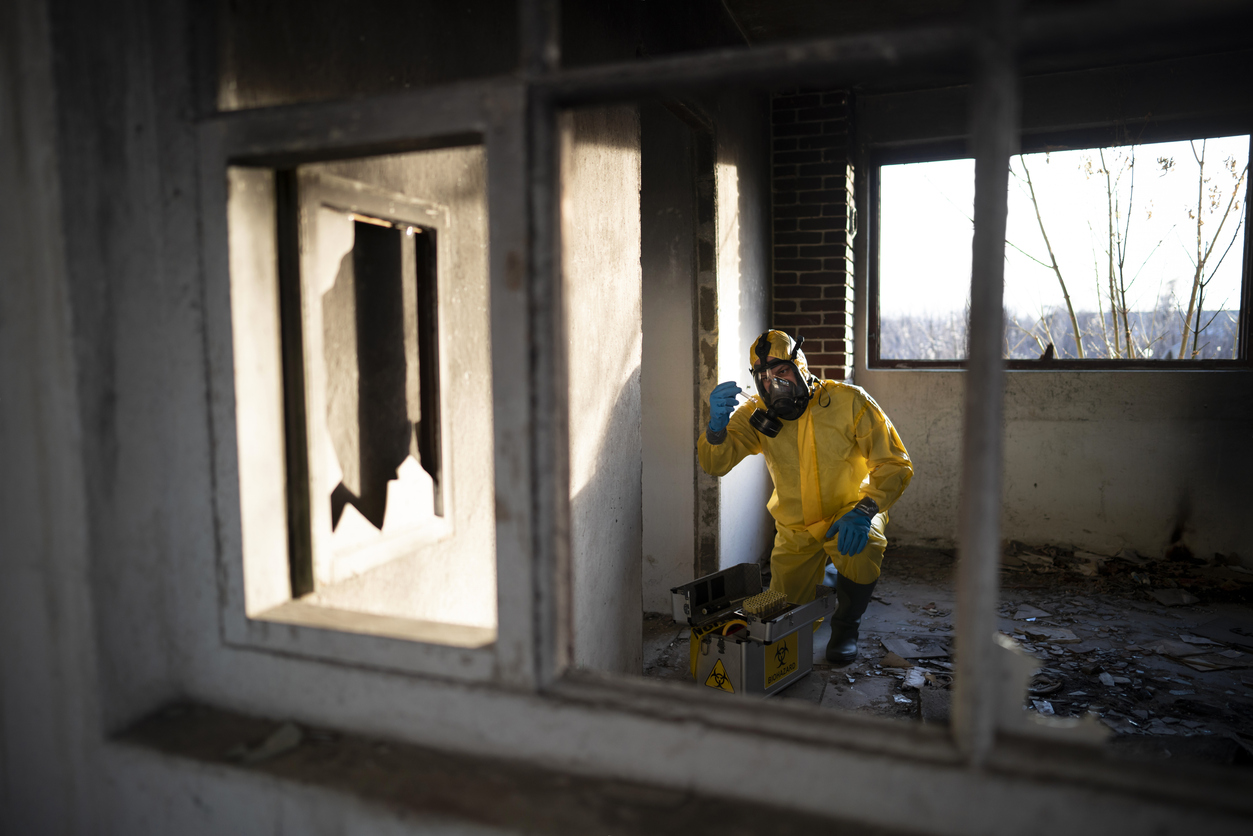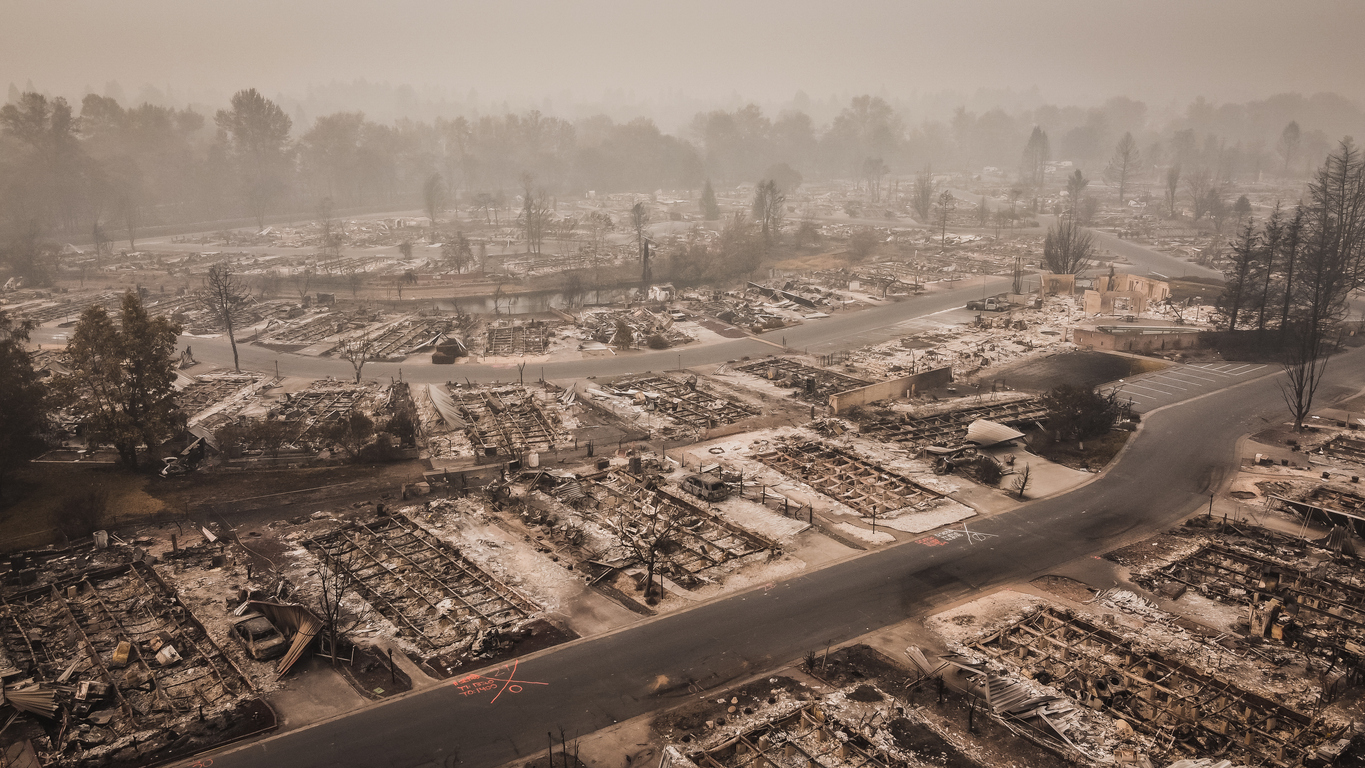The morning after Hurricane Sandy made landfall felt like the morning of 9/11. The unthinkable happened. The course of history changed, again.
New Jersey estimated the damages at $29.4 billion in losses to personal property, businesses, transportation and utilities and $38 billion in losses for the tourism and casino industry. New York estimated its losses at $33 billion. These preliminary figures have already surpassed the insurance industry’s estimated costs. The financial impact of this unprecedented storm is yet to be measured.
In a recent Claims Journal article, insurance industry leaders recognize the number of business interruption claims will increase, and it appears many claims will be denied and heavily litigated.
For business income coverage to apply, a suspension of operations must be caused by damage to property at the insured location by a covered cause of loss. In many policies, flood is not a covered cause of loss for business income coverage, even if the flooding happened because of windstorm, which is a covered cause of loss. This can, and often does, lead to coverage disputes but the flood exclusion is usually upheld if it goes to court,” said Arthur L. Flitner, senior director of knowledge resources for The Institutes.
Even if business income claims are covered, many disagreements over valuation of losses will end up in court.
According to Craig Roswell, a partner at the law firm of Niles Barton & Wilmer, the single largest area of disagreement in business interruption claims is the period of restoration.
It’s particularly relevant in commercial landlord tenant relationships because a building owner may not rebuild at all or may rebuild at a slower pace, Roswell said. Another area of disagreement in business interruption calculations relates to using historical lookbacks to project what income would have been earned during a particular period of time. Often, an insured will want to include the highest season in his or her calculations.
“Make sure you are looking at apple to apple snapshots,” Roswell said.
In addition, adjusters should consider how the rest of the area was impacted and whether offsets for other non-covered causes of loss may have contributed to a downturn in business. Roswell cited 9/11 as an example, indicating that after the terrorist act no one wanted to eat out contributing to the downturn in business for restaurants in New York City.
Roswell added that adjusters should carefully review geographical offset issues and competitive sets, where a business will calculate damages by looking at a competitive set of businesses.
The writing is on the wall. Business interruption claims will be denied and disputed. The largest areas of disagreement will be causation and valuation of losses in the sluggish economy. Business interruption coverage is intended to put the insured back in the same position it would have occupied had no loss occurred. This was the center of much litigation following 9//11, and it appears that history will repeat itself.
For those invested in this subject, I recommend a careful reading of these posts: How To Consider the Market Conditions After A Loss? – Understanding Business Interruption claims; To Consider the Economy, or Not To? ‘That is the Question’ — Understanding Business Interruption Claims, Part 9; and What’s Good for the Goose is Good for the Gander – Post-Loss Market Conduct Ignored in Louisiana – Understanding Business Interruption Claims, Part 36. Knowledge and understanding may well influence the outcome of claims.



